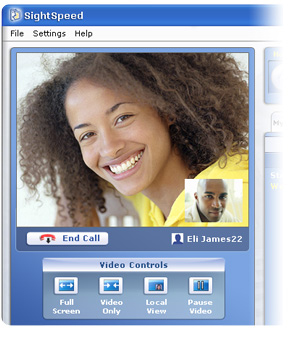SightSpeed overcomes the challenges of symmetric NAT


First, he defines NAT, which is a technology that lets hosts transparently talk to each other with mutually agreeable addresses. He correctly mentions the potential for chaos that private IP addresses-such as spawned by routers hooked up to a local area network- have when these addresses attempt to communicate over the Web- say Google through your router.
The problem is that home routers are generally not equipped to change the IP address in the data portion of the packet to a format that would be natively intelligible over the Internet. Session Initiation Protocol (SIP), which SightSpeed uses to deliver video and audio, involves similar challenges.
These challenges demand that SIP-compliant programs such as SightSpeed employ NAT Traversal. But we are not talking about something as simple as say, "Star Trek's" Universal Translator there are several iterations of NAT, including the often baffling and quite complex symmetric NAT.
Here is where Traversal technology built into SightSpeed really makes a material difference.
"Apparently, the SightSpeed folks have figured out a way to traverse more NAT devices, including ones that employ symmetric NAT," PhoneBoy writes. "They have studied a number of devices and corporate firewalls and have a method to traverse more NAT devices than ever before! For the rare times where SightSpeed cannot traverse your NAT, the connection will be proxied through SightSpeed.'s servers as was done in the past. Note that in a multi-party video conference, the call is always proxied through SightSpeed."
PhoneBoy believes that figuring out symmetric NAT has significantly improved SightSpeed call quality.